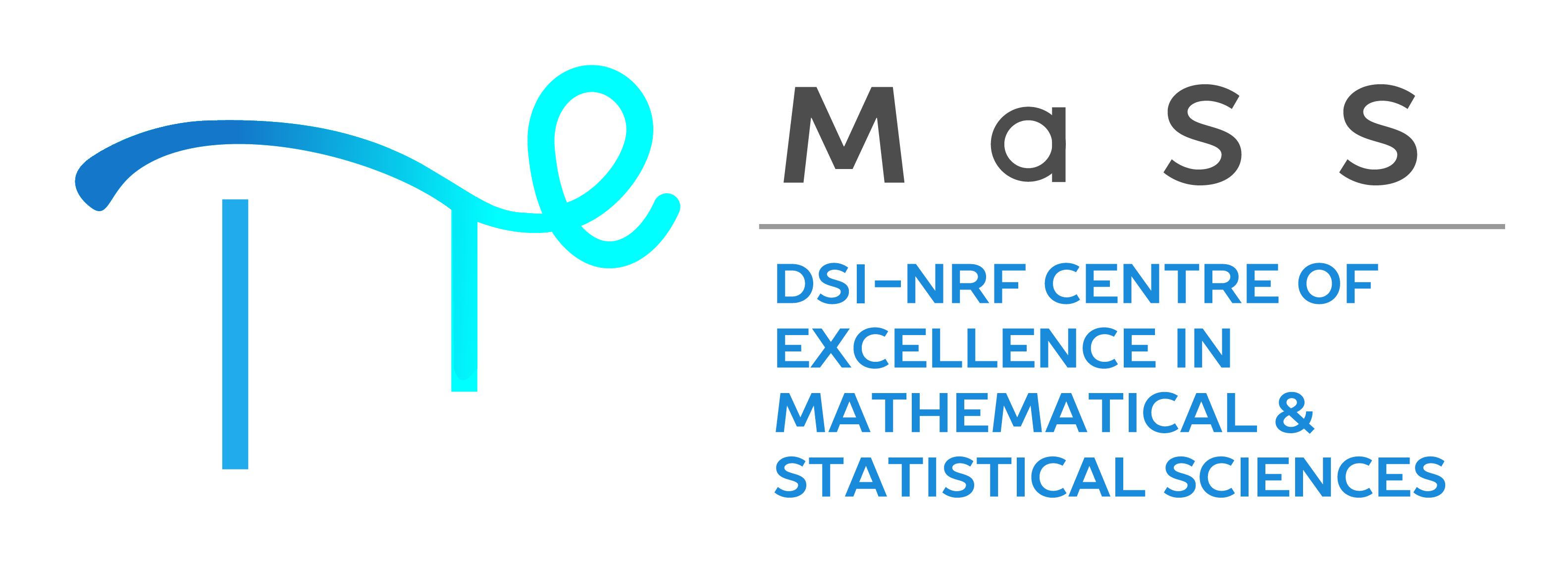A framework for modelling spatio-temporal competition
and spread of invasive plant species in South Africa
Alexander Flemming\(^*\) and Jan van
Vuuren
Department of Industrial Engineering, Stellenbosch
University
SAMS Subject Classification Number: 10, 25
The study of artificially introduced plant and animal species is important in South Africa, a country rich in indigenous biodiversity and home to three biodiversity hotspots recognised by Conservation International. An introduced species is one living outside of its native distribution range, and has been introduced to a new environment either by accidental or deliberate human activity. Invasive alien species are a sub-category of introduced species that negatively impact the natural species of a particular area. These invasions cause natural functioning ecosystems to break down, leading to further invasions and can ultimately lead to the extinction of the indigenous species of the area.
In this presentation, we consider the application of automated discretised processes aimed at conducting spatial analyses of ecosystems in South Africa that contain invasive species. In particular, our study is aimed at adopting a machine learning algorithmic approach towards determining which topographical, spatial and climatic factors are to be attributed to the occurrence and density of invasive species in an ecosystem. This approach allows for predicting regions requiring investigation due to likely unmapped occurrences or predicted future spread, based on the area’s suitability in terms of sustaining these species. Next, a spatio-temporal modelling approach is applied to simulate the competition between, and spread of, invasive species within a suitable study region identified in South Africa. Finally, the development and testing of dynamic adaptive management strategies are discussed in order to control current infestations and prevent future invasions.


